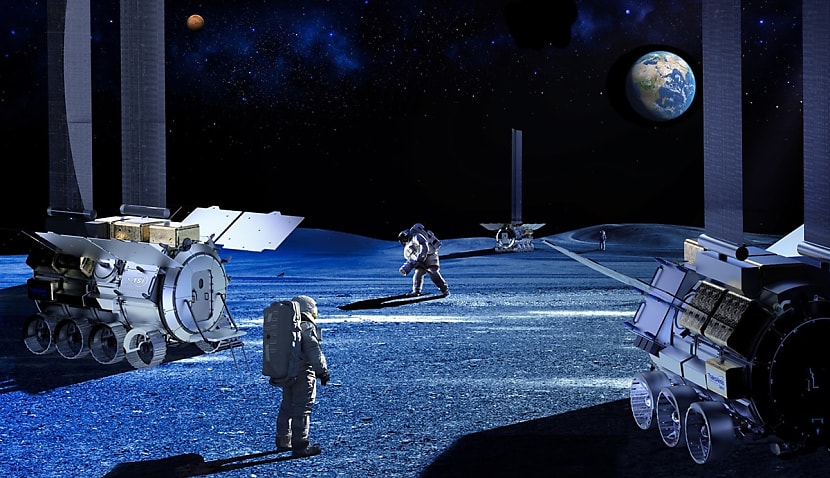A joint venture between Thales (67 per cent) and Leonardo (33 per cent) will take on the preliminary design and technology development of the Multi-Purpose Habitation (MPH) module – a pressurised structure set to house astronauts as part of NASA’s Artemis program.
Scheduled for launch from the Kennedy Space Center in 2033, the MPH will be the first dedicated living module placed on the moon under the Artemis Accords, a framework for international cooperation in lunar exploration.
The module is expected to host astronauts for extended missions, support surface operations and facilitate scientific experiments with or without crew onboard. Uniquely, it will also be capable of moving across the lunar surface.
Designed for a service life of at least a decade, the MPH will work in concert with other Artemis systems to create a sustainable human presence on the moon and lay the foundations for future missions to Mars.
Thales Alenia Space Italy will serve as prime contractor for the two-year design phase, working with Altec – a joint venture between Thales Alenia Space and the Italian Space Agency (ASI) – along with other Italian industrial partners. The focus will be on developing technologies to withstand the harsh lunar environment, including extreme temperature swings, pervasive dust, high radiation, micrometeoroids and reduced gravity.
ASI president Teodoro Valente said the project cemented Italy’s role in the new space race, saying, “MPH represents yet another scientific challenge for Italy and ASI, which are planning to bring a comfortable and safe human settlement to the lunar surface, thanks to the expertise and high, competitive technological standards that Thales Alenia Space Italy has acquired internationally in the field of space habitability.”
Valente added, “The future lunar module, the result of the historic relationship between NASA and ASI, is part of a long-term investment vision that Italy has implemented, enabling us to play an increasingly leading role in the new space race and, moreover, to be a fundamental part of the Moon to Mars Strategy of NASA’s Artemis program.”
The agreement was signed just days after the Italian Parliament passed the country’s first space law.
Giampiero Di Paolo, Thales Alenia Space’s deputy CEO, said the project marked an important milestone: “We are deeply honoured that ASI has entrusted Thales Alenia Space with this contract to develop the MPH, giving us, as a leading European company, the opportunity to drive scientific and technological progress in building the first Italian human outpost on the lunar surface.”
“This milestone will further strengthen and advance human space exploration on the moon and beyond,” Di Paolo added.

